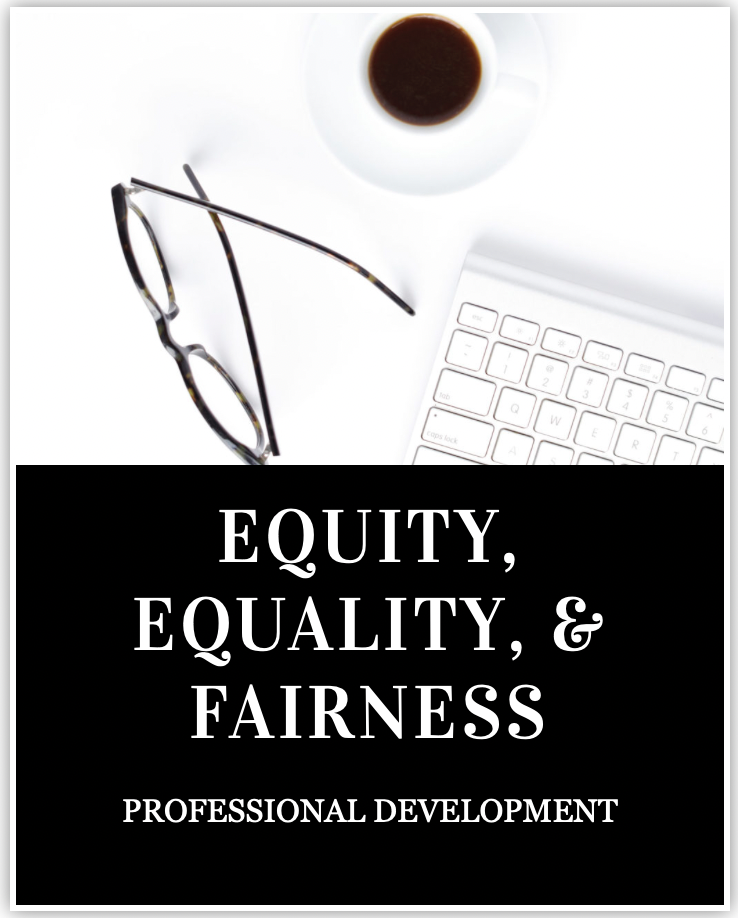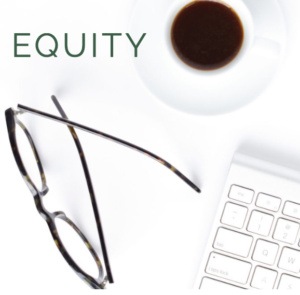
You've already done the first step!
Next up, spend some time reflecting on your current classroom practices. Where do you see equality in your instruction and classroom practices? How are your students impacted as a result of the ways you ensure equality is provided to them? Let us know your thoughts.
Just be sure to officially sign up for our Equity, Equality, and Fairness professional development course so that we can keep track of the communication and send you a certificate for your hard work!
We know for a teacher like you, someone who seeks out the best instructional strategies to use in their classroom –
you’re already planning on doing these steps anyways, so you might as well earn some professional development credits for it!


